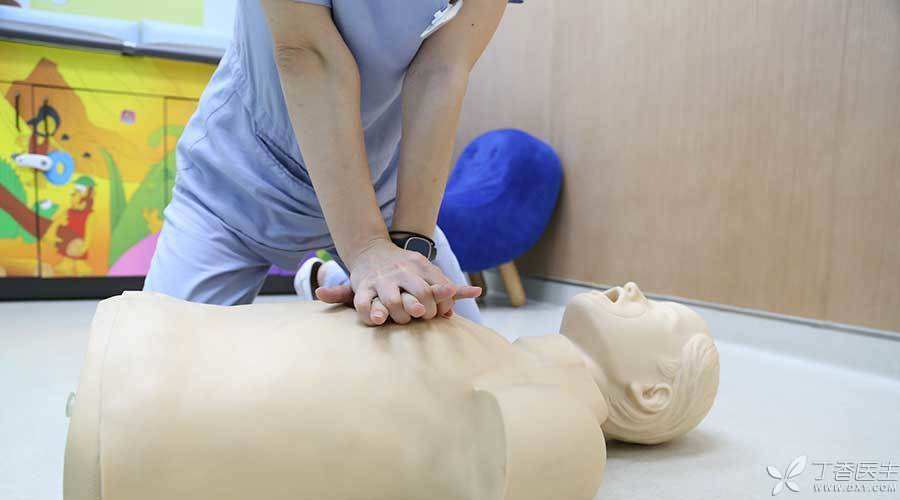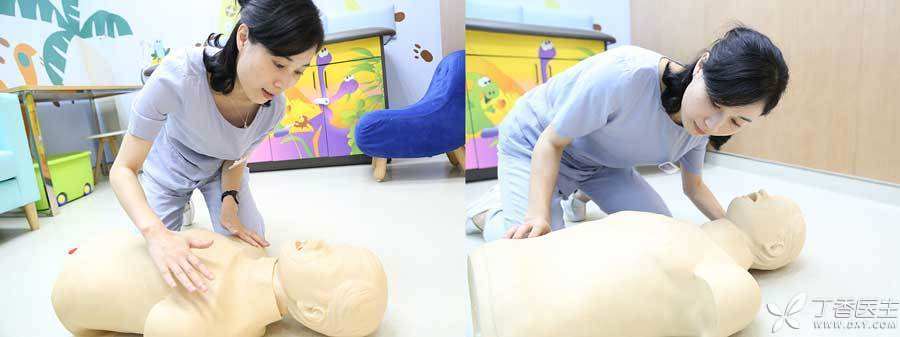
When there is thunder and lightning, if someone nearby is unfortunately hit by lightning, it is recommended that everyone take the following 4 first aid measures in the first place to help the victims strive for the most precious [life-saving] time.
Call for help in time, call 120
The first time to call 120 emergency phone or contact the nearby medical institutions, and clearly tell the emergency personnel the current location, provide the victim’s corresponding information (gender, approximate age, breathing and heartbeat, etc.). After that, don’t hang up the phone in a hurry, wait for [120 dispatcher] to ask questions, and answer quickly and accurately.
Don’t worry, even if there is lightning and thunder, the use of mobile phones is still safe (but wired phones are not allowed).
Ensure personal safety and prevent secondary lightning strikes.
Don’t forget, ensuring personal safety is always the first thing.
As rescuers, we should pay attention to whether our position will be hit by a second lightning strike. If the victim is currently in a high-risk area of lightning strike, such as under a tree or open outdoor, then both the victim and the rescuer are in danger of being hit by another lightning strike.
At this time, the victim must first be moved to a relatively safe place.
For the victim, unless he falls from a height or suffers a heavy blow, there will be no serious fracture, paralysis or massive hemorrhage. Therefore, it is relatively safe to move the victim at this time.
For rescuers, after a person is hit by lightning, his body will not be electrified, so it is also safe to have physical contact with the victim.
Judge whether there is breathing and heartbeat.
Lightning strikes often cause cardiac arrest of victims.
Rescuers must first judge whether the victim is still breathing and heartbeat.

Judgment method:
- Reaction: Beat your shoulders, call loudly, and observe whether there is any reaction; Breathing: Observe whether there are ups and downs in chest and abdomen; Whether there is a heartbeat: Touch the victim’s carotid artery (under the chin, near the throat on both sides of the neck) to see if you can touch the beat.
Perform cardiopulmonary resuscitation
If there are enough hands, one person can perform cardiopulmonary resuscitation on the victim while making 120 calls, including chest compressions and artificial respiration.
Chest compressions
- Lie down: The victim lies flat on a hard surface. If the place is cold and humid, it is better to spread a blanket under his body to prevent his body temperature from falling. Pressing site: the midpoint of the connecting line between the two nipples of adults, or the lower part of sternum; Pressing method: the palm root of one hand is placed in the pressing area, and the palm root of the other hand is overlapped on the back of the hand; Adult compression depth of at least 5 cm, but not more than 6 cm; The pressing depth of infants was 4 cm and that of infants was 5 cm. Pressing frequency: 100 ~ 120 times/minute.
Artificial respiration
- Place one hand on the patient’s forehead and press back slightly to tilt back the head. The other hand exerts force under the chin bone to lift the chin. Pinch the patient’s nostrils tightly and blow air mouth to mouth until the patient’s thorax is raised upward. Open the patient’s mouth and loosen the fingers that pinch the nose.
Attention
- According to the proportion of [30 compressions: 2 artificial respirations], it will continue uninterrupted until the medical personnel arrive. If you don’t want artificial respiration, you can only press and not blow.
